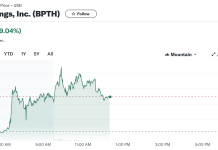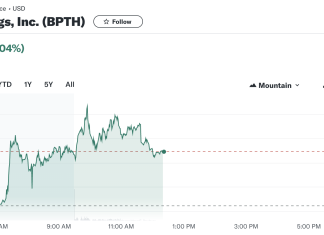Global Blood Therapeutics Inc. (NASDAQ: GBT) has announced new results of the phase 1 study of its experimental next-generation sickle hemoglobin polymerization inhibitor GBT021601 (GBT601) study. GBT601 demonstrated mean hemoglobin occupancy of more than 30% with hematologic parameters improvement in a cohort of six sickle cell disease patients on multiple ascending doses of GBT601.
MAD and SAD GBT601 doses well tolerated
The study demonstrated that both sickle cell disease patients and healthy volunteers tolerated multiple ascending doses and single ascending doses of GBT601 well. The company presented the results in a poster presentation (poster #3099) at the 2021 63rd American Society of Haematology Annual Conference and Exposition that took place in Atlanta, Georgia, and virtually.
Lead study investigator Clark Brown stated, “These Phase 1 data of GBT601 are very encouraging and demonstrate that in sickle cell disease patients we can achieve a high target hemoglobin occupancy at daily doses lower than 500 mg, while maintaining a favorable safety and tolerability profile. Therefore, GBT601 has the potential to improve clinical outcomes in people living with SCD, while reducing pill burden.”
GBT601 has a similar action as Oxbryta
GBT601’s mechanism of action is similar to that of Oxbryta (voxelotor) tables blest, which the FDA has approved to target Hbs polymerization directly. Hbs polymerization is the cause of red blood cells sickling and destruction, leading to SCD. With the phase 1 results, the company sees significant potential in GBT601 relative to Oxbryta in attaining high Hb levels and occupancy at relatively low doses.
GBT CEO Ted Love commented, “These are the first published results of GBT601 in people living with sickle cell disease and represent an important milestone to potentially establish this innovative investigational therapy as a functional cure in a once-daily pill. As such, we believe that treatment with GBT601 has the potential to be able to improve key lab measures and make sickle cell disease look like sickle cell trait. Most importantly, this is an important step on our continuing journey to bring more transformative therapeutic options to as many SCD patients as possible.”















